Picture this: you’re settling down with a good book when your cat suddenly decides your lap is their personal throne. Or maybe you’re trying to work from home when your feline friend strategically places themselves directly on your keyboard. These moments might seem like random cat behavior, but there’s often something much deeper at play.
Your cat’s seemingly demanding or disruptive behaviors could actually be their way of expressing jealousy. While cats may not experience jealousy exactly like humans do, many people – including animal behaviorists – feel that cats do show a form of jealousy, but it is distinct from human envy. Think of it more as their natural instinct to protect what they value most: your attention, their territory, and the security of their bond with you. So let’s dive in and discover the surprising ways your cat shows they want all your love.
The Lap Takeover Strategy

Some cats express their jealousy by seeking attention from their owners. They may crowd your space, cuddle next to you, rest on your lap, and ask for pets more often than normal. This behavior becomes especially pronounced when they perceive competition for your affection.
When your cat suddenly becomes a lap cat during moments when you’re engaged with someone else or something else, they’re making a clear statement. Cats also like to sit on laps because it puts them in the perfect position to receive attention. By adorably curling up in your lap, your cat expects that you will pet them – and they will lap up any opportunity for that. Your feline friend has learned that claiming your lap is one of the most effective ways to redirect your focus back to them.
What makes this particularly telling is the timing. If your normally independent cat only becomes clingy when visitors arrive or when you’re busy with other activities, jealousy is likely the driving force behind their sudden need for physical closeness.
Strategic Blocking Behaviors
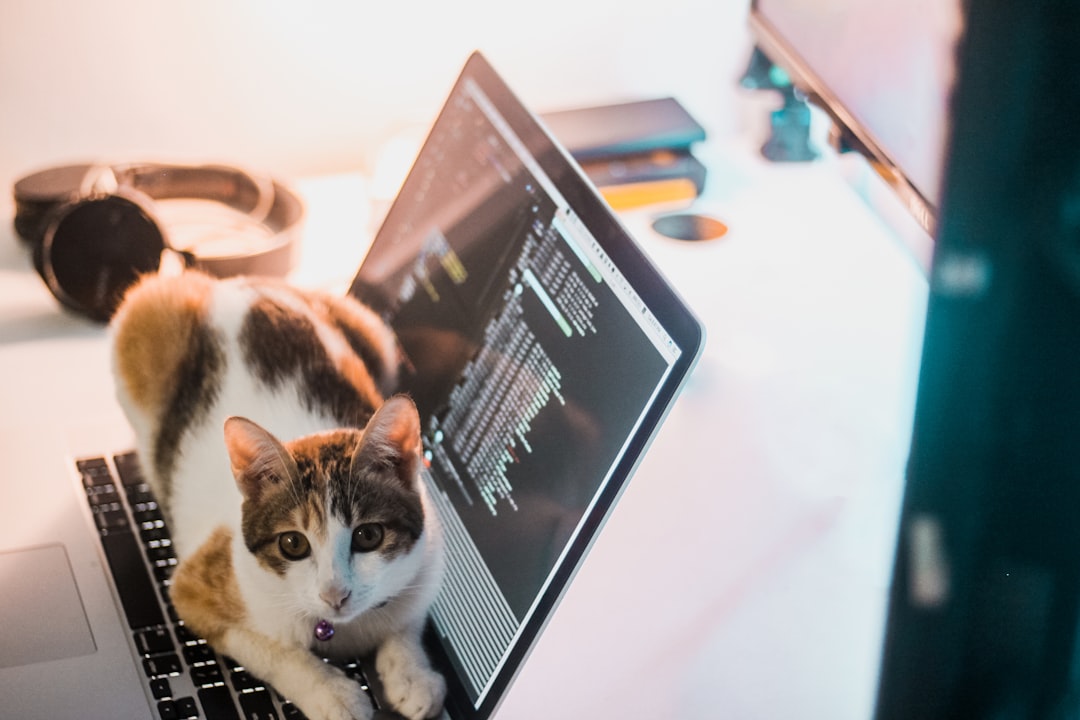
Cats may swat at an invader in their space, or they may physically try to block off a resource by laying between another cat or animal and the resource. This territorial display is one of the most obvious signs of feline jealousy in action.
Your cat might position themselves strategically between you and whatever they perceive as competition. Whether it’s another pet, a family member, or even your phone, jealous cats become masters of interference. Physically pushing between their owner and the source of jealousy, such as sitting on laps or blocking access shows just how seriously they take their role as your number one companion.
This blocking behavior extends beyond just physical positioning. Some cats will literally sit on your laptop keyboard, book, or paperwork to ensure they have your undivided attention. It’s their way of saying that nothing else should be more important than them in that moment.
The Shadow Following Phenomenon

Shadowing You Around: Following you around the home, deliberately strolling in your path, especially when they know you’re busy, is another form of attention-seeking. This behavior can be beguiling but signals that your cat notably needs or wants your focus.
If your cat is following you, it could be a sign that they want your attention. Many cats do it around feeding time to signal they want to be fed, but others do it because they crave attention. When jealousy is the motivation, this following behavior becomes more intense and persistent than usual.
Jealous cats often develop what seems like separation anxiety, but it’s really their fear of missing out on your attention. Some cats are clingier than others and have learned that following you around gets your attention when you are moving around the house. Once you are sitting down or occupied with another task, they may choose to interrupt it to get your attention and resume the following when you get up again.
Excessive Vocalization Tactics
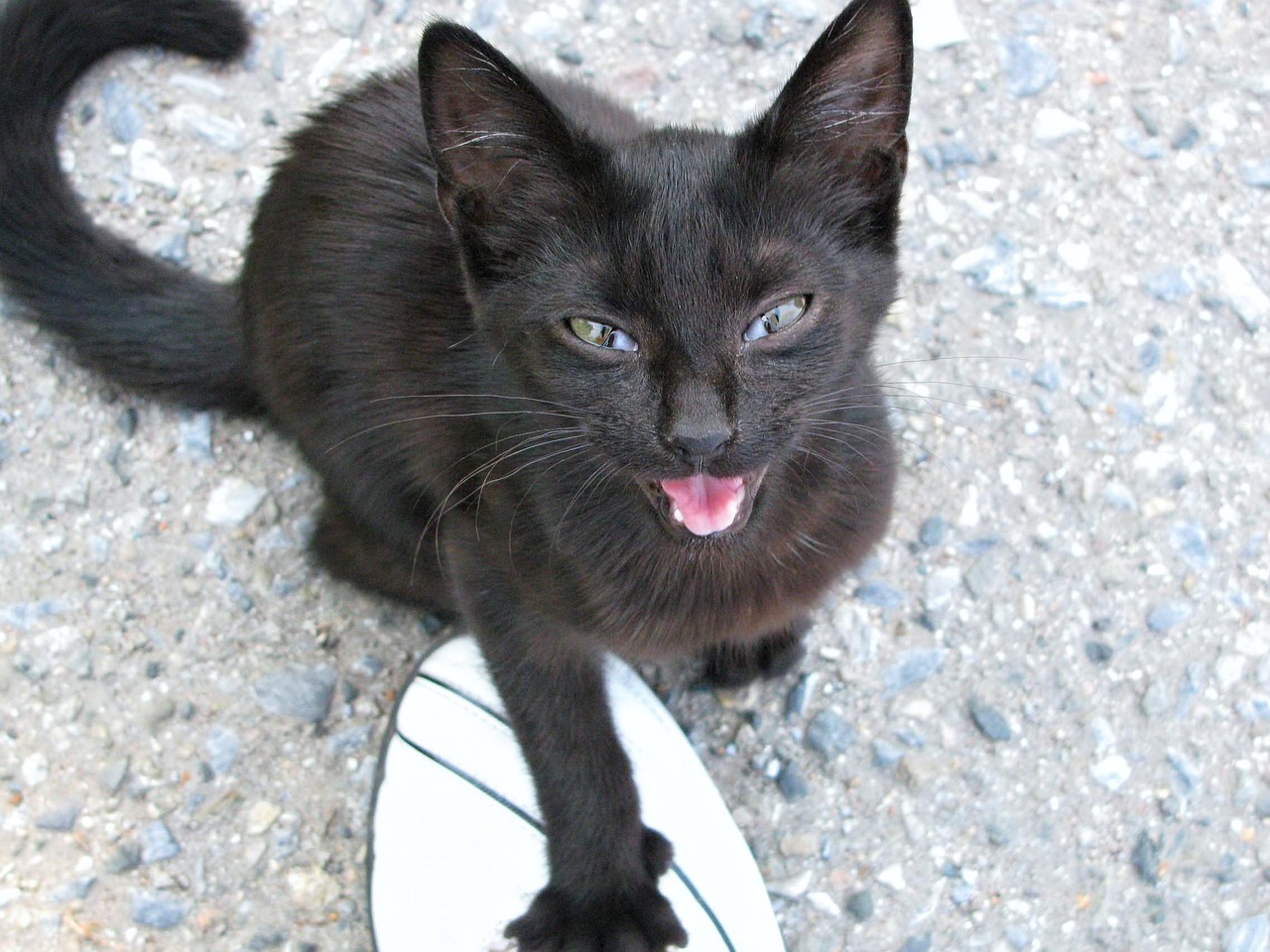
Excessive vocalizing is another sign of a cat who is upset or stressed, so some jealous cats may act in this way. When your usually quiet cat suddenly becomes chatty, jealousy might be the reason behind their newfound voice.
Cats may voice their jealousy with an angry meow, while others prefer the silent kitty ninja approach. The tone and frequency of these vocalizations often tell the story. Jealous meowing tends to be more demanding, persistent, and attention-seeking than their regular communication.
After kittenhood, cats don’t meow to each other. Meowing is a way that our furbabies communicate with us. Kitty may literally be crying out for attention if she’s meowing to you more than normal. This targeted communication shows that your cat understands exactly who they need to convince to get what they want.
Destructive Attention-Getting Displays
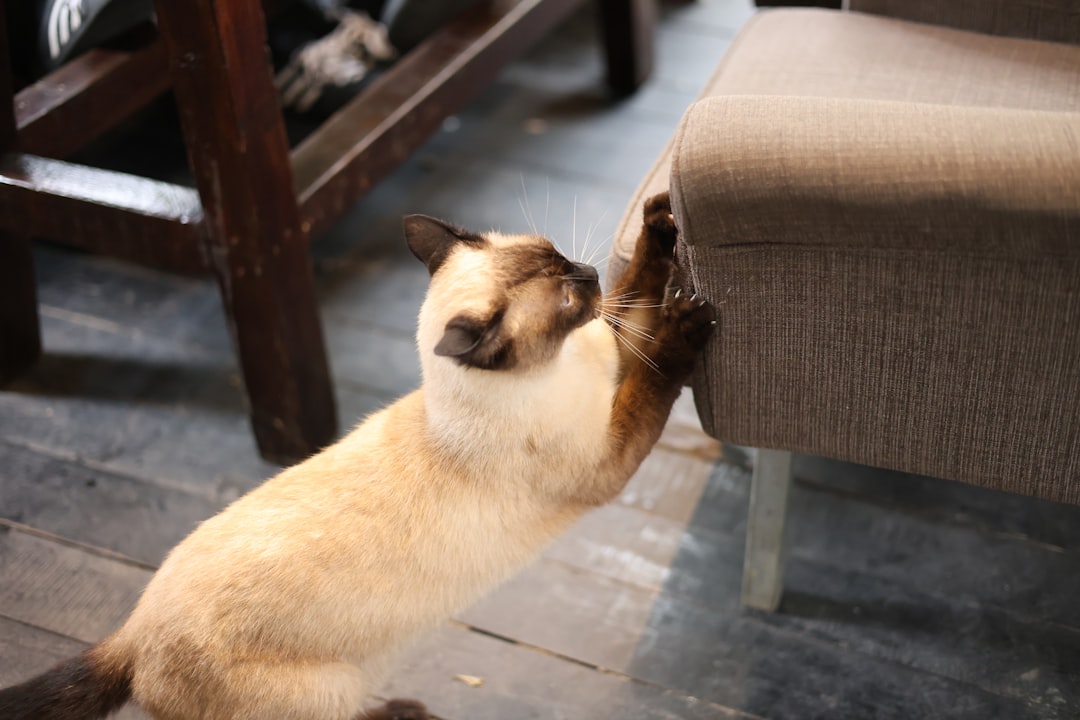
Destructive behavior may pop up with cats clawing at things or knocking them over. When jealousy strikes, your normally well-behaved cat might resort to more dramatic measures to capture your attention.
Knocking Things Over: Some cats will deliberately knock items off tables or counters to gain your attention. They may even make eye contact with you as they do this, as they have often learned from previous antics that this behavior gains them a quick response and interaction from their cat parent, thus rewarding their motivation. That direct eye contact is key – it shows this isn’t accidental behavior.
Destructive actions like chewing furniture, knocking over items, or shredding household objects become tools in their attention-seeking arsenal. The timing of these behaviors often coincides with moments when they feel their position as your favorite is threatened.
Bathroom Territory Claims
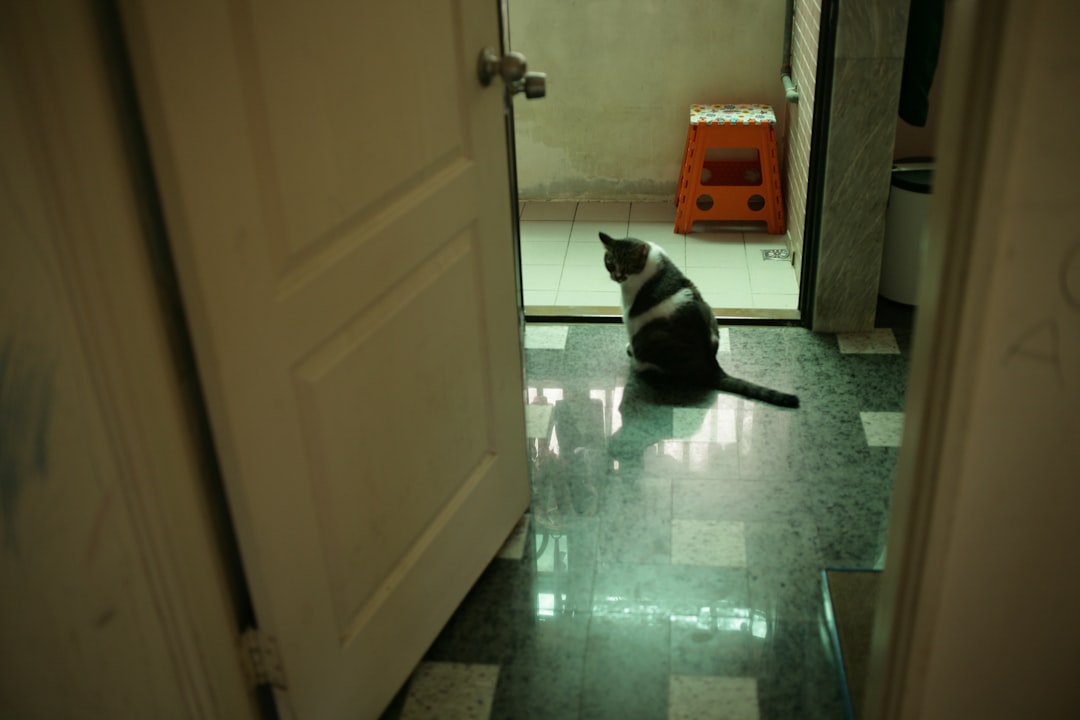
They may start peeing in places where they do not normally do so, such as the carpet or on the bed, or they may begin scratching or knocking down furniture as a way of expressing themselves. Inappropriate elimination is one of the most challenging manifestations of feline jealousy.
Marking territory outside the litter box or spraying to claim spaces important to them represents your cat’s attempt to establish ownership over areas they associate with you. Your bed, favorite chair, or personal belongings become targets for this territorial marking.
While this behavior is frustrating, it’s important to understand that your cat isn’t being spiteful. They’re communicating their insecurity about their place in your affections through the most direct way they know how – scent marking to claim what they consider theirs.
The Aggressive Green-Eyed Monster

A common sign that your cat is jealous is when they exhibit aggressive or dominant behaviors toward the cat or pet that they are jealous of or toward you as their owner, which include growling and swatting with their paws. This aggressive jealousy often catches owners off guard.
Signs include aggression (such as hissing, swatting, growling, or even unprovoked attacks), and stress behavior (such as hiding, or peeing or pooping outside of the litter box). The aggression might be directed at the perceived threat or redirected toward you as their trusted human.
Hissing, growling, swatting, or scratching at objects, animals, or people they see as rivals shows just how intensely your cat feels about protecting their relationship with you. This behavior often surprises owners because their sweet, loving cat suddenly seems hostile.
Withdrawal and Hiding Responses
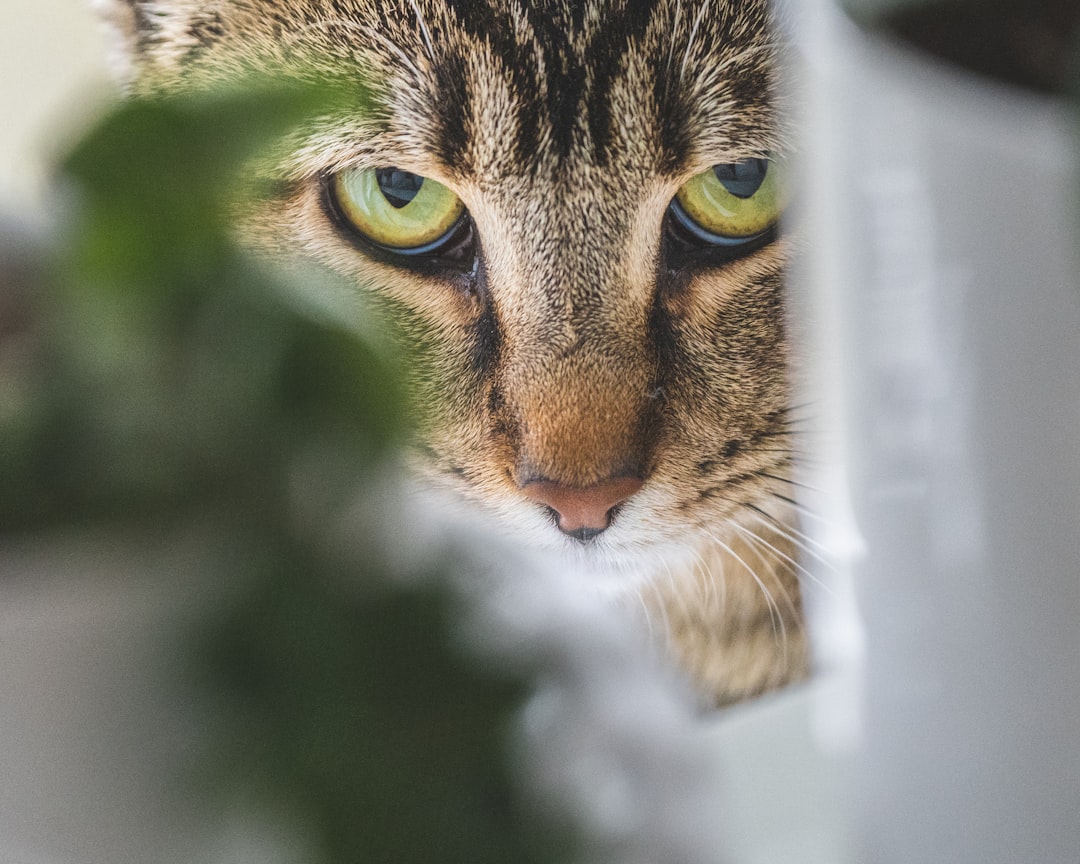
Other cats react to negative emotions by hiding or evasive behavior, so if your cat sneaks off or avoids other members of the household, those actions can also be clues that a cat is feeling jealous. Not all jealous cats become aggressive – some become withdrawn instead.
When one cat is being dominant and aggressive, the other cat may choose to respond by being more reserved and resort to withdrawal by walking away and hiding. Although cats can do this when bullied, this escape behavior can also be sometimes attributed to insecurity or impulsiveness (as in, they may withdraw on impulse).
Increased hiding, vocalizing, or clingy behavior as a way to cope with jealousy or stress represents their emotional response to feeling threatened. When your typically social cat suddenly becomes a hermit, jealousy over perceived competition for your affections might be the cause.
Over-Grooming and Stress Responses

Some cats who are upset will groom excessively, so this behavior change can be a useful barometer of your cat’s emotional state. Excessive grooming often serves as a self-soothing mechanism for jealous cats dealing with emotional stress.
This compulsive grooming can lead to bald patches, skin irritation, or even wounds from over-licking. The behavior typically increases during times when your cat feels their security is threatened by changes in routine, new pets, or shifts in your attention patterns.
What makes this particularly concerning is that the grooming becomes compulsive rather than normal maintenance. Your cat may groom to the point of creating physical problems, making it important to address the underlying jealousy causing this stress response.
Computer and Workspace Invasions
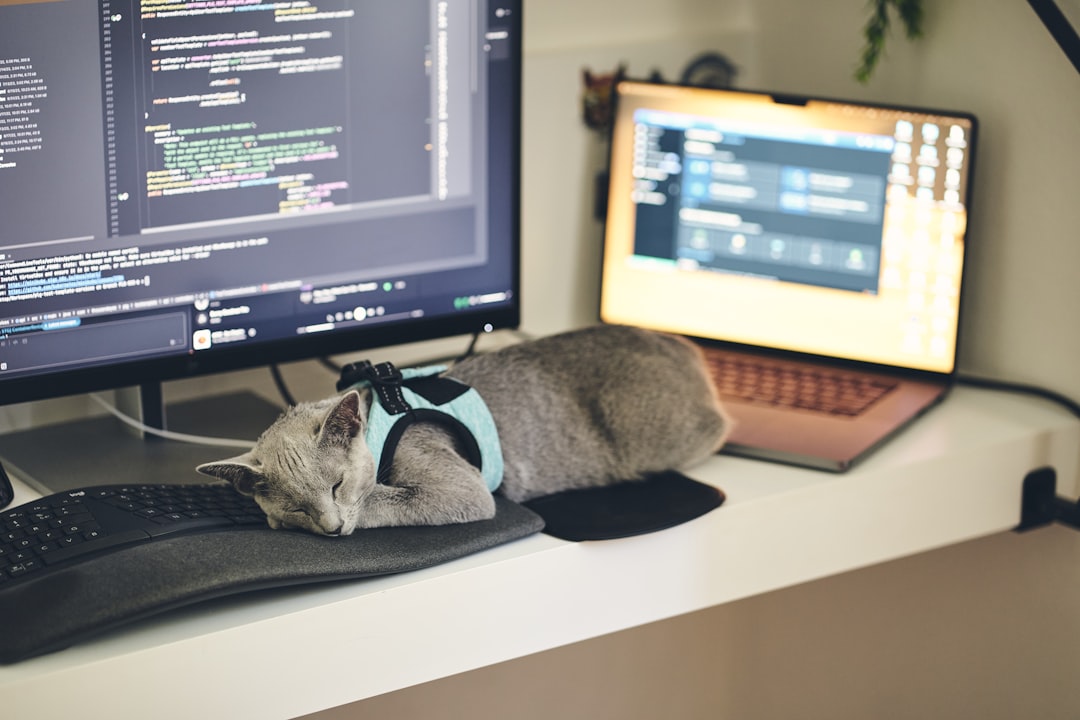
Many people think that cats are displaying jealousy when they try to get in between you and whatever you are doing. They tend to sit on your computer keyboard when you are trying to type, or put themselves in a book you are reading – literally. This classic cat behavior has deeper meaning than simple attention-seeking.
Cats sometimes will lie down on your work table or sit on your computer keyboard to get attention, or even start knocking things off the table. While some might argue this is just cats seeking warmth, the strategic timing suggests jealousy of whatever is capturing your focus.
Cats can become demanding about getting your attention to the point that they try to distract you from your current task. You could be working or reading a book and find your cat lying on top of it. While cats can do it because the laptop or book is a comfy resting place, it could also be their way of redirecting your attention to them instead.
Conclusion
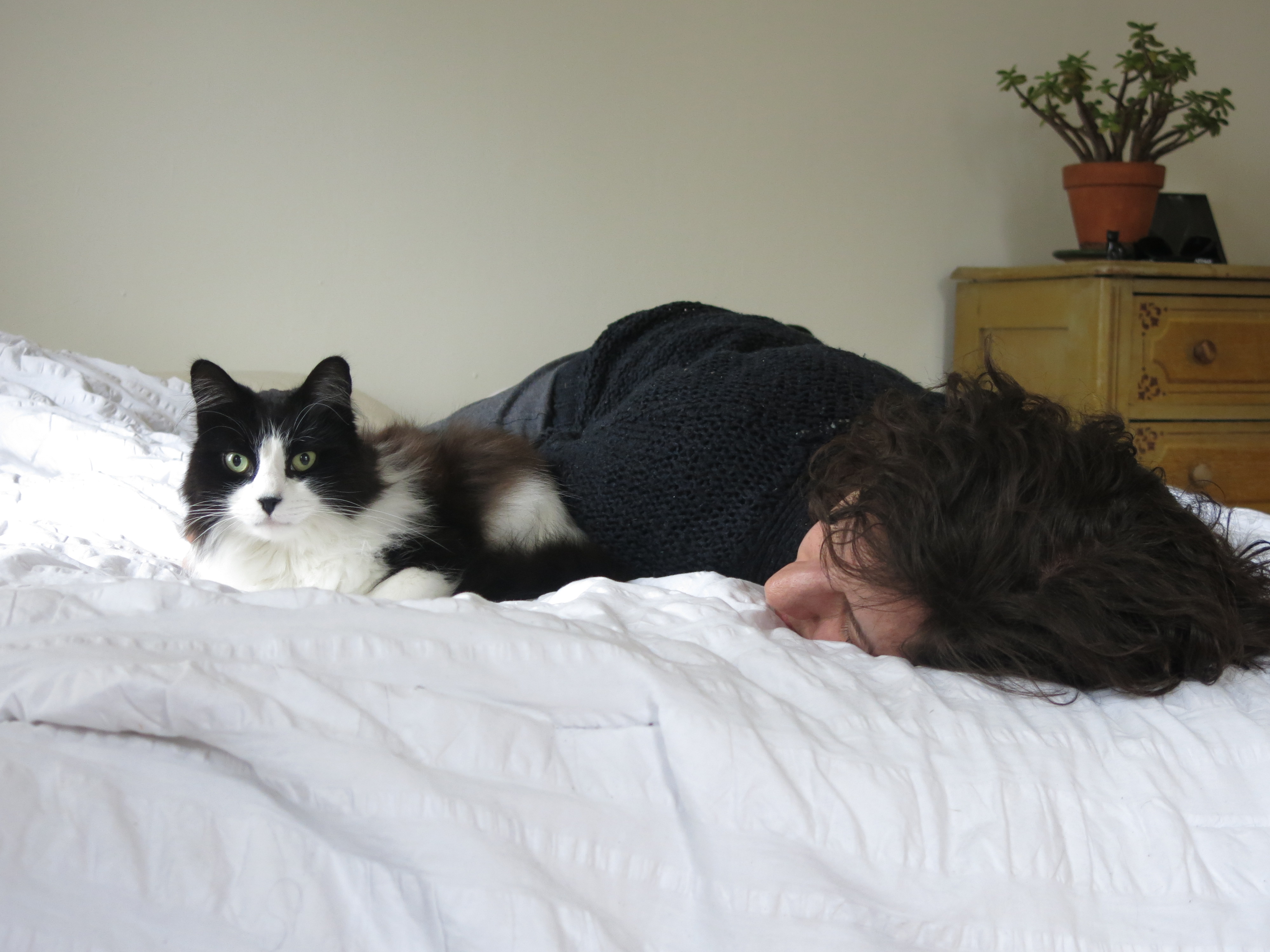
Understanding your cat’s jealous behaviors is really about recognizing their deep emotional attachment to you. At the root, jealousy in cats is about their territory being threatened. They worry that they may be cut off from an important resource like cat food, a litter box or even a human. What might seem like difficult or demanding behavior is actually your cat’s way of expressing how much you mean to them.
These ten signs of jealousy aren’t character flaws in your feline friend – they’re proof of the strong bond you’ve built together. When your cat blocks your view of the TV, follows you to the bathroom, or claims your laptop as their personal bed, they’re telling you that you’re the most important thing in their world. The next time your cat displays these behaviors, remember that underneath that jealous exterior is a heart full of love that wants to keep you all to themselves.
Have you noticed any of these jealousy signs in your own feline companion? What do you think about your cat’s possessive behaviors – endearing or exhausting? Tell us in the comments.





